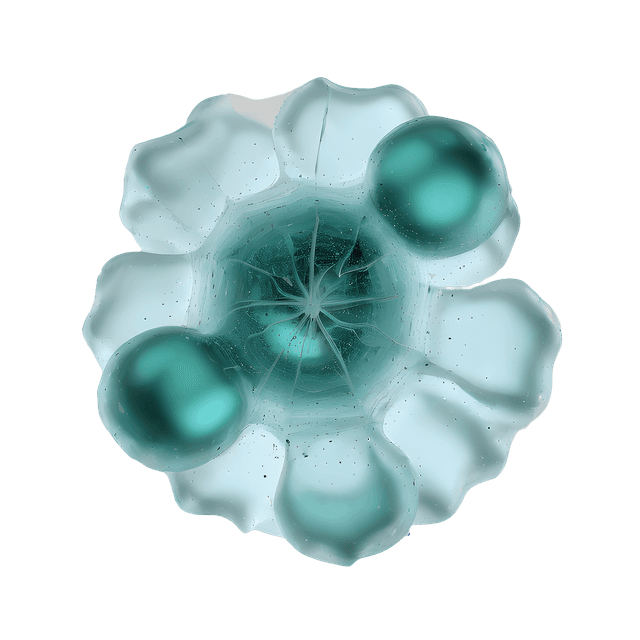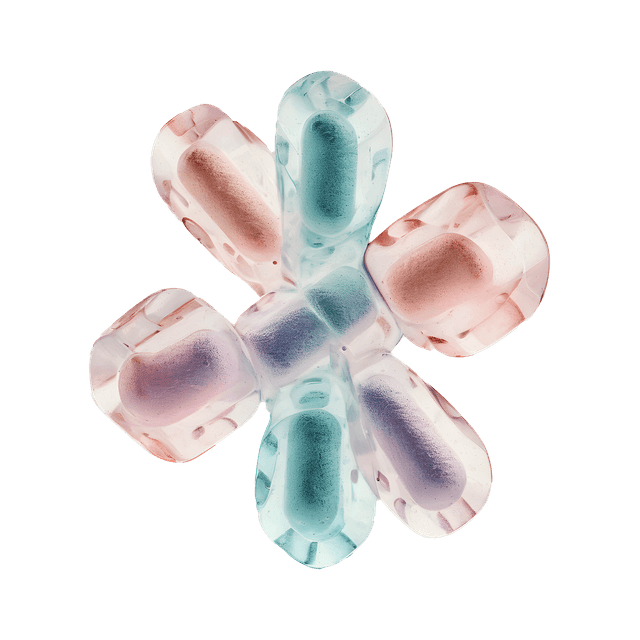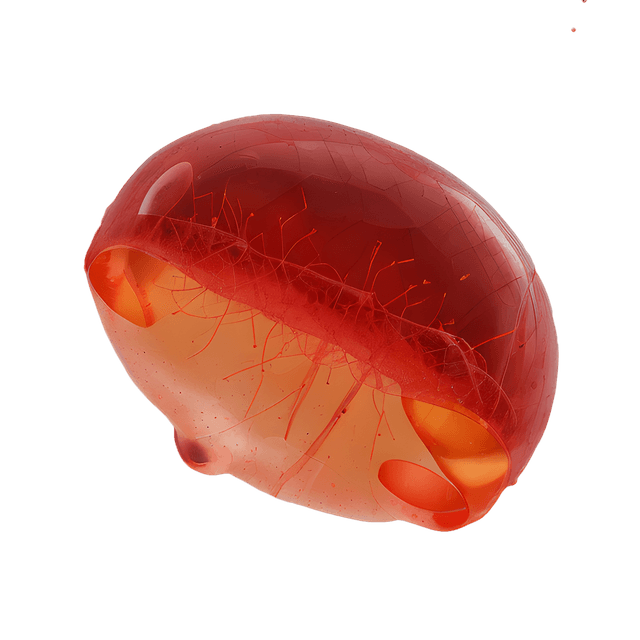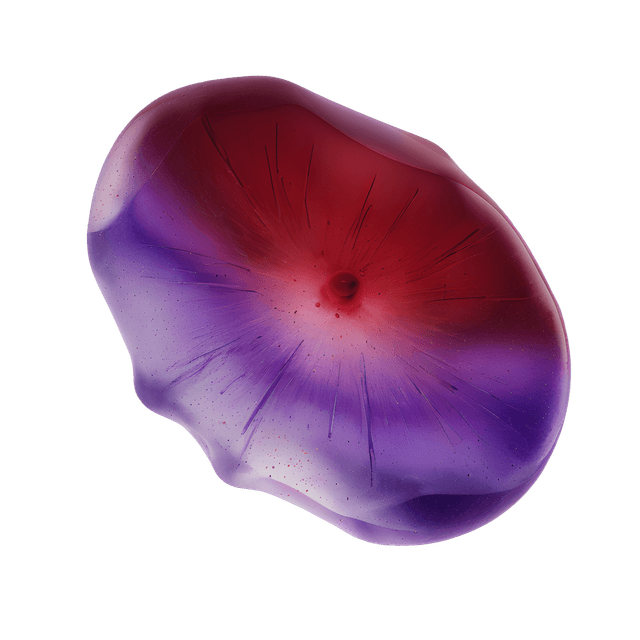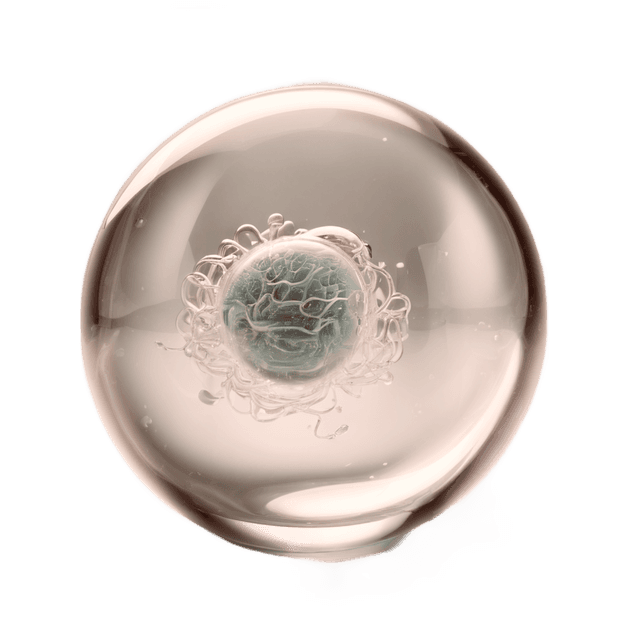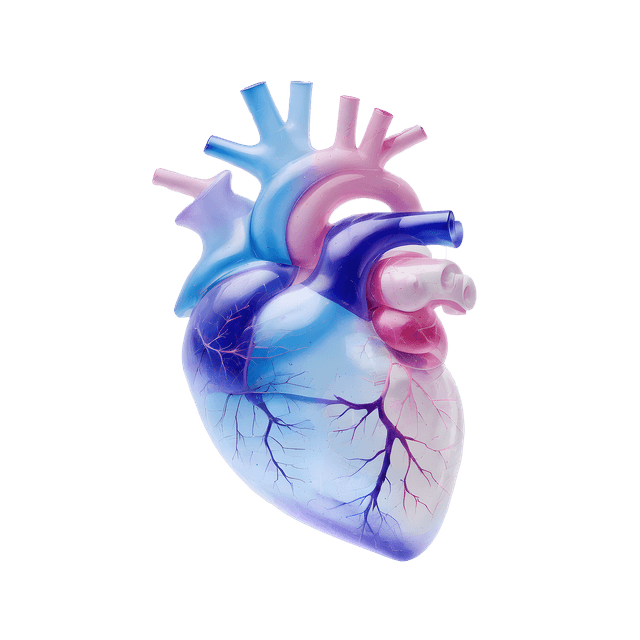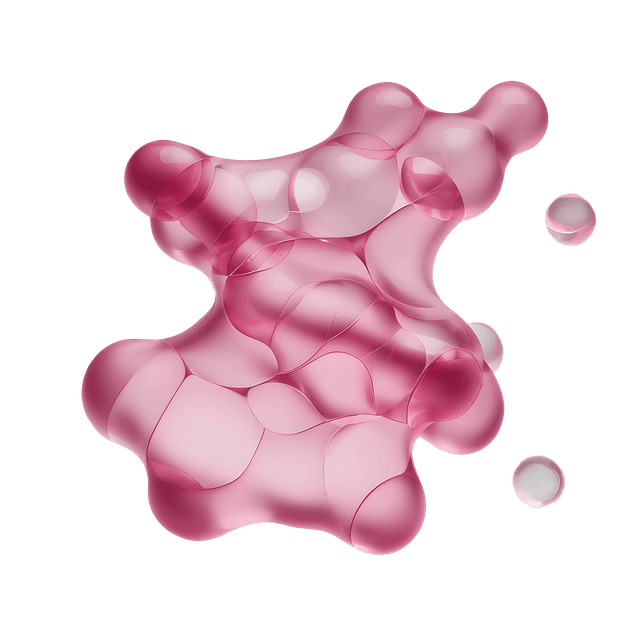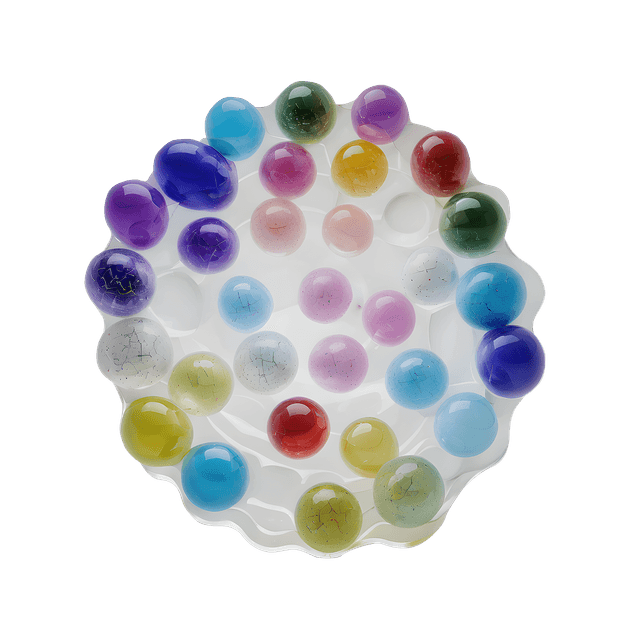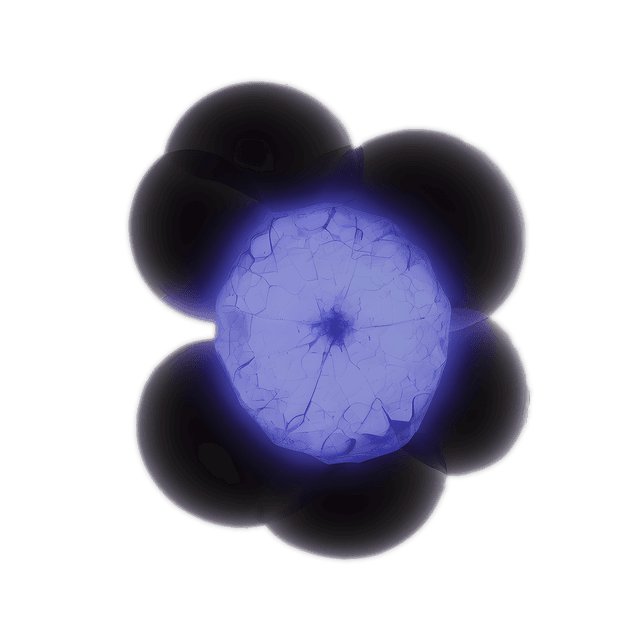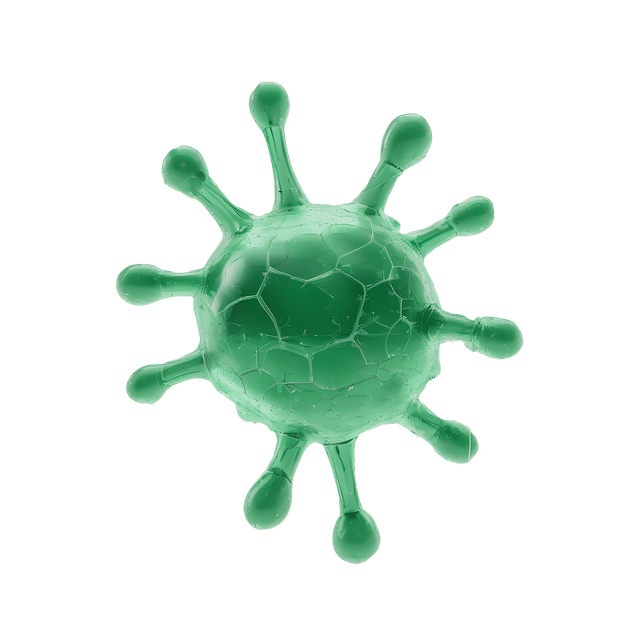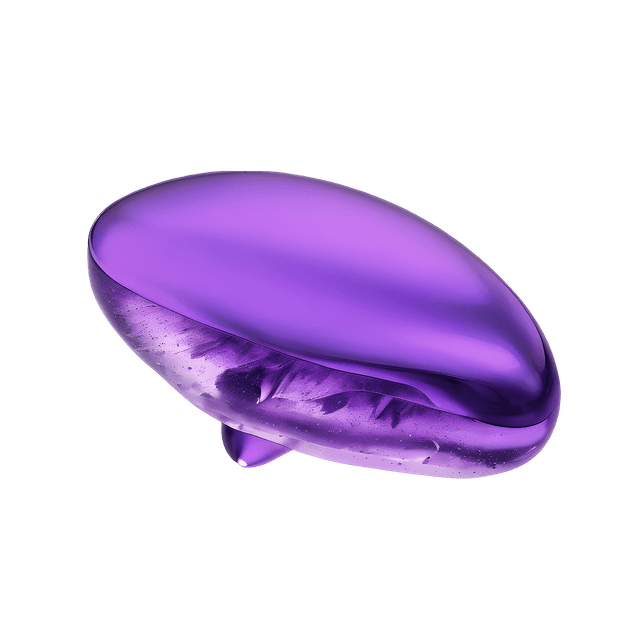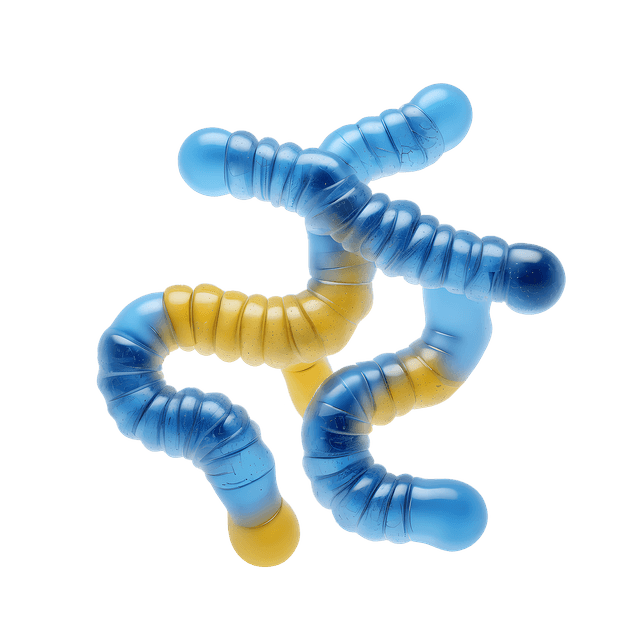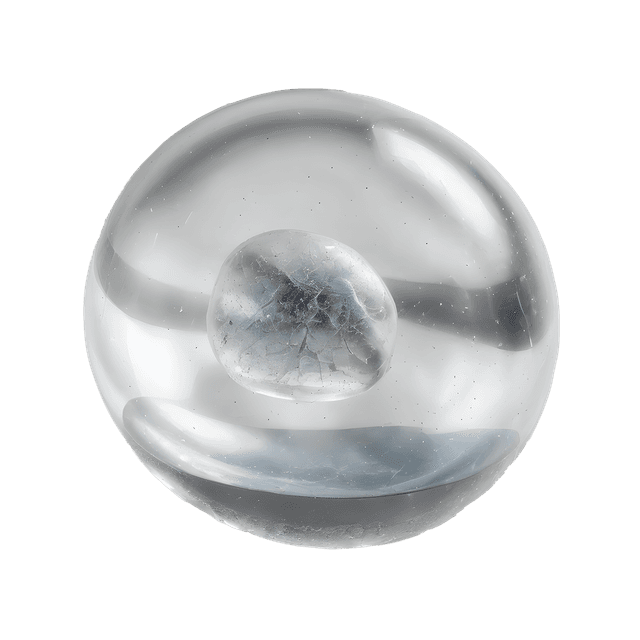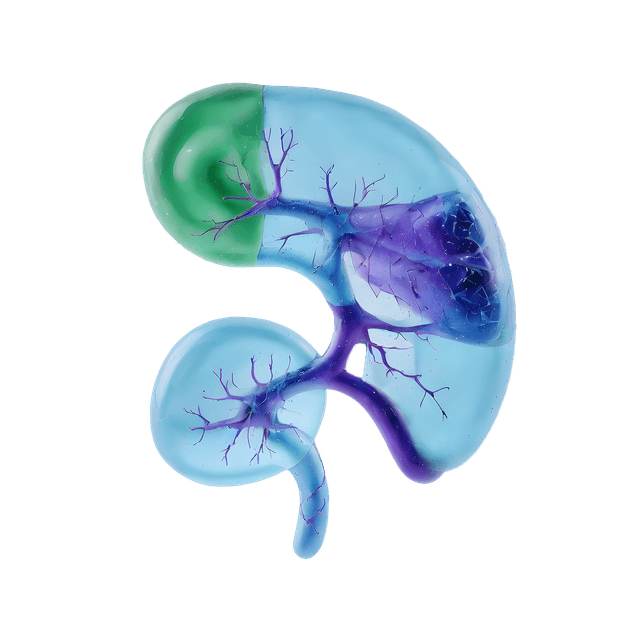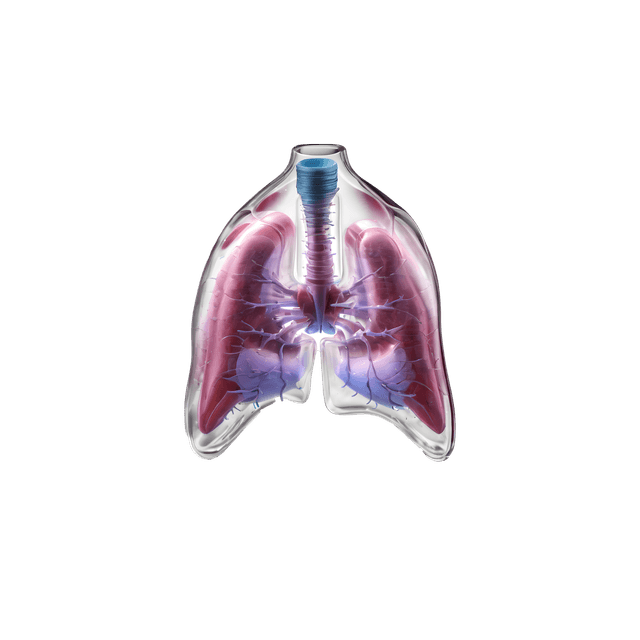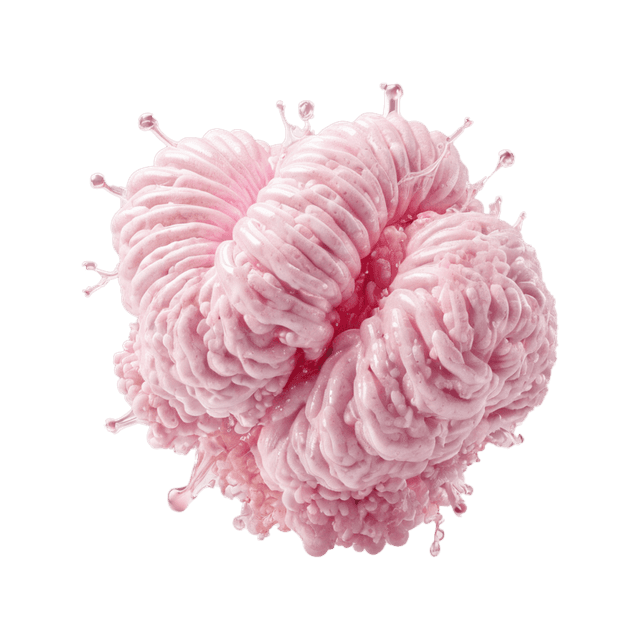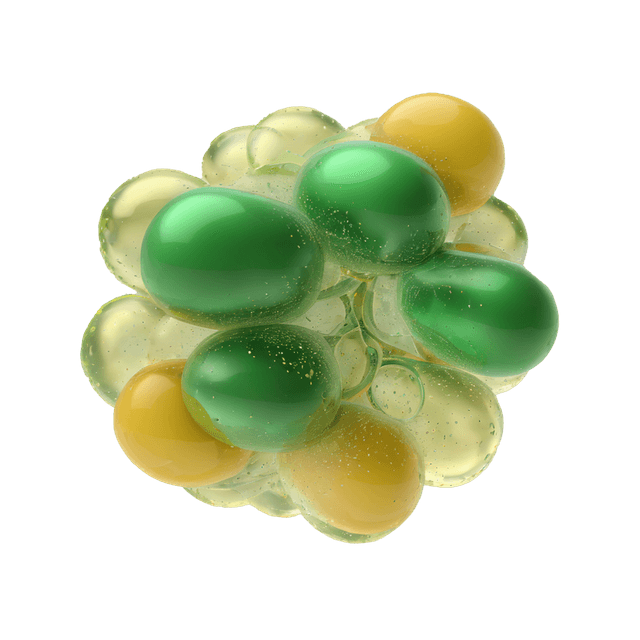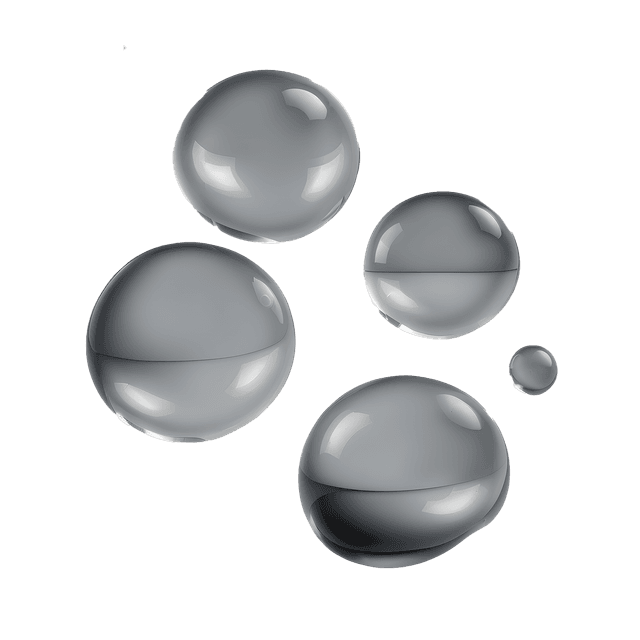What is S-Anti-RNP70?
S-Anti-RNP70 is an autoantibody that targets a nuclear protein involved in RNA processing. The antibody is closely related to S-Anti-RNP(U1), but S-Anti-RNP70 is more specifically associated with mixed connective tissue disease (MCTD). Having this antibody often indicates an overlapping autoimmune disease picture.
Why is S-Anti-RNP70 analyzed?
Analysis of S-Anti-RNP70 is performed primarily to:
- Strengthen the suspicion of MCTD (mixed connective tissue disease)
- Identify patients who have overlap between SLE, scleroderma and polymyositis
- Support an investigation when there are diffuse symptoms such as muscle pain, swollen fingers, Raynaud's phenomenon and joint pain
- Provide additional information in the event of a positive ANA or ENA screening
How do you interpret test results from S-Anti-RNP70?
A positive result for S-Anti-RNP70 often indicates MCTD, especially if there is an overlapping clinical picture with features of several different connective tissue diseases. Absence of other dominant autoantibodies together with a high prevalence of the antibody S-Anti-RNP70 strengthens the diagnosis.
S-Anti-RNP70 is less common than S-Anti-RNP(U1), but more specific for MCTD. However, results should always be interpreted together with consideration of symptoms and other laboratory values. The test is mainly used for diagnostics, it is not used to follow disease activity over time.




